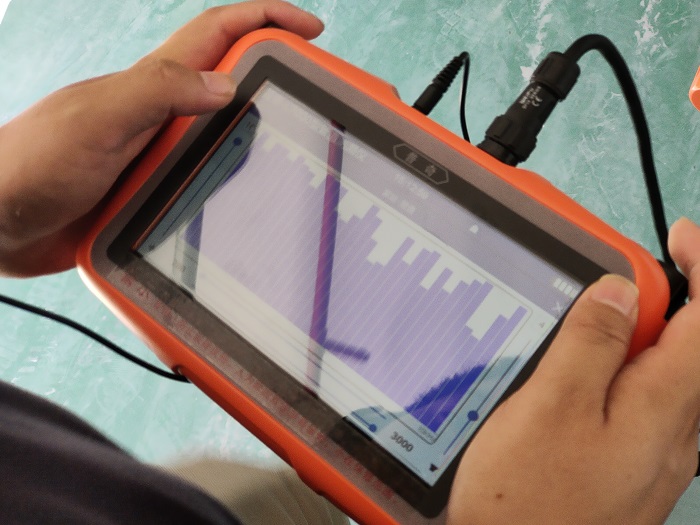Piping systems play a vital role in today's industrial production and urban infrastructure. Whether transporting water, oil, gas or other fluids, the integrity and safety of the pipeline is key to ensuring that the system operates efficiently. However, pipeline leaks occur from time to time due to factors such as material deterioration, corrosion, construction defects or external disturbances. In order to accurately find and repair these leaks in a timely manner, pipeline leak detector devices have been developed and are constantly being developed and improved in practice.

Technical principle of pipeline leak detector
The pipeline leak detector works on a variety of physical principles, including but not limited to acoustic detection, pressure wave analysis, electromagnetic induction and infrared thermography. Among them, acoustic detection is one of the most commonly used methods. When a leak occurs in a pipeline, the leakage point generates specific acoustic or vibration signals that travel along the pipeline and are captured by sensors mounted on the surface of the pipeline. By analyzing the frequency, amplitude and propagation time of these signals, the precise location of the leak can be determined.
Main types and applications of instruments
1. Acoustic detector: this type of instrument utilizes a highly sensitive microphone or accelerometer to capture the sound generated by the leakage, which is applicable to pipelines made of various materials, and is especially effective on metal and plastic pipelines.
2. Pressure wave detector: through the monitoring of pressure changes in the pipeline to identify leaks, applicable to long-distance, large-diameter pipeline systems, such as oil, gas pipelines.
3. Electromagnetic induction detector: the use of electromagnetic field changes to detect leaks in metal pipelines, especially suitable for buried or difficult to direct contact with the pipeline.
4. Infrared thermal imager: detects potential leakage points by detecting changes in the surface temperature of the pipeline, especially suitable for pipeline detection under the insulation layer.
Technical Advantages and Challenges
The application of pipeline leak detector significantly improves the efficiency and accuracy of leak detection and reduces the labor intensity and time cost of manual inspection. At the same time, these instruments are capable of real-time monitoring without affecting the normal operation of pipelines, which provides strong support for preventive maintenance strategies.
However, in the face of complex pipeline networks and variable operating environments, leak detection technology still faces many challenges. For example, the difference in the response of pipelines made of different materials to the detection signal, the change in the nature of the fluid inside the pipeline, and the interference of external environmental noise may all affect the accuracy of the detection results.
Future Development Trends
With the rapid development of the Internet of Things, big data and artificial intelligence technology, pipeline leak detector is moving towards the direction of intelligence and networking. Future instruments will pay more attention to real-time data collection and analysis, and realize remote monitoring and early warning through the cloud computing platform to further enhance the timeliness and accuracy of leak detection. At the same time, combined with machine learning algorithms, the instrument will be able to adaptively learn and optimize the detection model to cope with more complex and changing pipeline operating environment.
As an important tool for modern industrial and urban infrastructure maintenance, the pipeline leak detector is constantly promoting the progress of pipeline safety management technology. Through continuous technological innovation and application exploration, we have reason to believe that the pipeline system of the future will be safer, more efficient and more sustainable.








